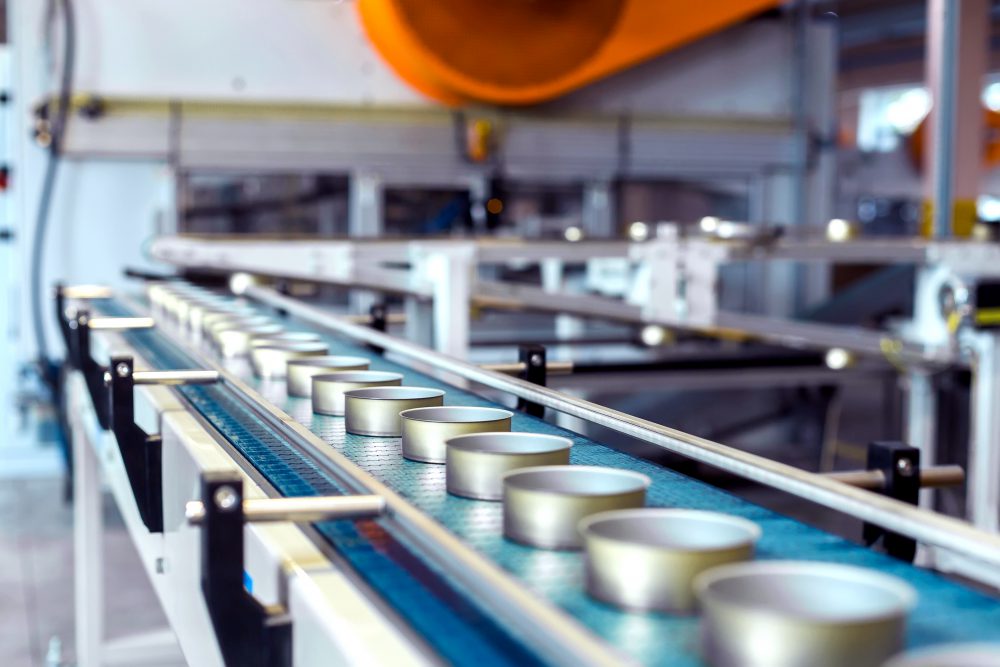Between 2018 and 2019, pet food production was up 4% globally and increased by double-digits in some regions, according to Alltech’s 2020 Global Feed Survey. Higher-quality food is also in greater demand as more consumers view and treat pets like family.
Among these trends are an increased interest in fresh, refrigerated pet food.
The Associated Press reports that “U.S. sales of fresh pet food in groceries and pet stores jumped 70% to more than $546 million between 2015 and 2018, according to Nielsen, a data company. That doesn’t include online sales or people making their own fresh pet food.”
As a manufacturer, if you’re considering the refrigerated pet food space, there are important differences to keep in mind when it comes to processing and distributing these chilled goods.
Compared to a facility that processes dry pet food, one that produces a chilled product requires a fully refrigerated facility. Unlike dry kibble, refrigerated pet food needs to be kept at proper temperatures throughout processing, storage, packaging and distribution.
Let’s look at some of the ways refrigerated facilities are different from your average dry pet food plant.
Roof
In a standard ambient warehouse, roof insulation would only need to be designed to meet the local code requirements. With a refrigerated building, the roof insulation is designed for thermal considerations (higher R-value and greater thermal efficiency), which also costs more.
In a new facility, the thermal envelope would be placed on the roof. If retrofitting an existing building, this specialized roofing would hang from the existing roof inside the building — essentially, a “box within a box” design.
Walls
In a traditional pet food facility, walls only need to meet minimal building codes. However, with a refrigerated facility, walls are designed with a greater R-value to avoid heat transfer and to maintain optimum temperatures within the building.
Dock height
The design of truck docks differs greatly in a refrigerated facility compared to your typical industrial building. First, a refrigerated trailer has insulation in its floor system, making it taller than an ambient trailer. Therefore, you must design the facility’s floor elevation to accommodate this specialized trailer height.
Dock seals
Refrigerated facilities feature unique, cushioned dock seals to prevent heat loss where a trailer meets the door of the loading dock. These airlock seals are an added cost compared to a typical facility.
Dock levelers
Ambient facilities often have traditional dock pit levelers, which store horizontally. These basic levelers act like a ramp and compensate for the difference between the building floor and trailer bed height.
In a refrigerated facility, however, a vertical-storing dock leveler is preferred. Although they require a greater initial investment, these levelers allow for a better seal at the dock door, which minimizes temperature loss.
Electricity capacity
Due to the energy required to power the refrigeration system, the electrical capacity in a cold facility must be higher compared to a traditional plant. If retrofitting an existing building, its electrical system must be upgraded to support the refrigeration equipment, such as the motors for compressors and fans.
Refrigeration system safety
Many modern cold facilities feature ammonia refrigeration systems, which come with their own set of safety requirements and standards. If any one location has more than 10,000 pounds of ammonia charge, the federal government requires a project safety management (PSM) program be established so that employees know how to deal with a potential ammonia leak in the event of an emergency.




